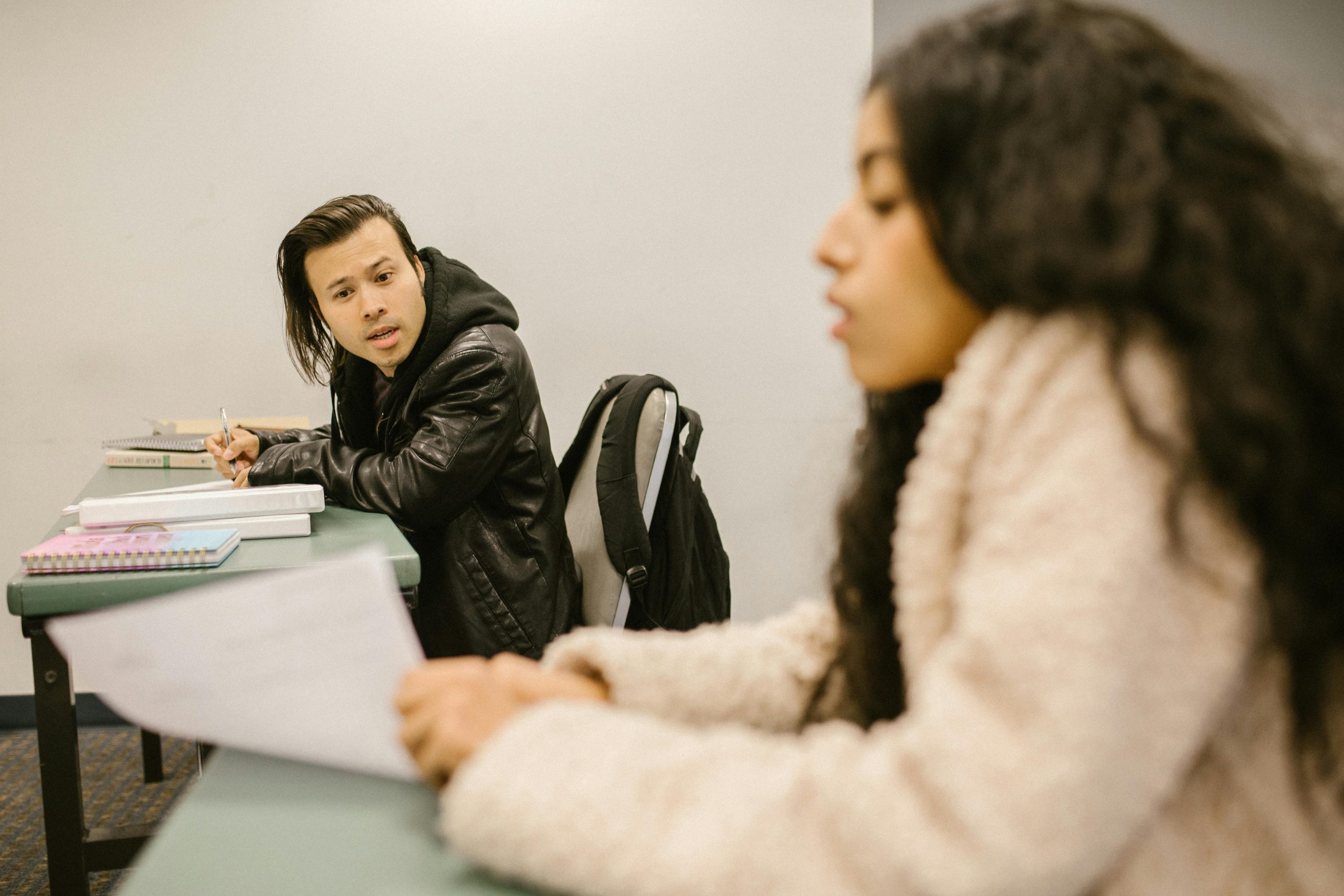ChatGPT in Classrooms: Balancing Innovation With Academic Integrity
In this digital age, technology has become an integral part of the education system. From online learning platforms to digital tools for student engagement, technology has transformed the way we teach and learn. The latest addition to this technological transformation is ChatGPT – a chatbot powered by Artificial Intelligence (AI). This innovative tool has gained significant attention in the education sector for its potential to enhance student learning. However, as with any new technology, concerns have been raised about its impact on academic integrity. As educators and students navigate this new tool, it is crucial to address the issue of balancing innovation with academic integrity when using ChatGPT in classrooms.
The Rise of Chatbots in Education
Before we delve into the subject of ChatGPT in classrooms, let’s first understand what chatbots are and their role in education. Chatbots are computer programs designed to simulate conversation with human users. They use AI to understand and respond to user queries, making the interaction feel like a real conversation. In recent years, chatbots have gained popularity in the education sector due to their ability to provide personalized interactions and instant responses.
The Advantages of Using Chatbots in Education
The use of chatbots in education has several advantages, making them an appealing tool for classroom use. Firstly, chatbots can provide real-time assistance to students, allowing them to get instant feedback on their questions and assignments. This can save time and effort for both students and teachers, as students no longer have to wait for their teachers to grade their work or provide feedback.
Secondly, chatbots can provide personalized learning experiences for students. By using AI, chatbots can understand each student’s strengths and weaknesses and tailor their interactions accordingly. This can help students to focus on their individual areas of improvement, leading to a more effective learning experience.
The Role of ChatGPT in Classrooms
ChatGPT, which stands for Chat Generative Pretrained Transformer, is a chatbot that uses Natural Language Processing (NLP) to generate human-like text responses. Developed by OpenAI, ChatGPT has been trained on a vast amount of text data and is capable of holding a conversation on a wide range of topics. In the classroom, ChatGPT can serve as a virtual teaching assistant, providing students with instant support and guidance on their assignments.
The Potential of ChatGPT in Student Learning
ChatGPT’s ability to generate human-like text makes it a valuable tool for student learning. It can provide students with instant answers to their questions and offer explanations in a conversational format, making it easier for students to understand complex concepts. Moreover, ChatGPT’s personalized interactions can help students to improve their critical thinking and problem-solving skills, as they navigate through their queries and assignments.
The Challenge of Balancing Innovation With Academic Integrity
While ChatGPT holds great potential for enhancing the learning experience, its use in classrooms raises concerns about academic integrity. As it can generate human-like text, there is a risk of students using ChatGPT to cheat on their assignments or exams. This poses a challenge for educators in maintaining academic integrity, while also harnessing the benefits of this innovative tool.
Strategies for Balancing Innovation and Academic Integrity
The key to balancing innovation and academic integrity when using ChatGPT in classrooms lies in implementing certain strategies. Firstly, educators must educate students about the proper use of ChatGPT and its limitations. Students should be made aware that using the tool to cheat on assignments or exams is a violation of academic integrity.
Secondly, educators must design assignments and assessments that cannot be easily answered by ChatGPT. This can include questions that require critical thinking, problem-solving, and hands-on application of concepts. By doing so, educators can ensure that students are not using ChatGPT as a shortcut for their assignments.
Lastly, educators must monitor the use of ChatGPT during assessments. This can be done by conducting online exams with proctoring software that can detect the use of chatbots and other AI tools. By monitoring the use of ChatGPT, educators can maintain academic integrity and ensure that students are not relying on the tool to cheat during assessments.
In Conclusion
ChatGPT, with its innovative AI technology, has the potential to revolutionize the classroom experience. Its ability to provide personalized interactions and instant feedback can enhance student learning and engagement. However, as with any technology, it is crucial to address the challenges it poses. Educators must find a balance between innovation and academic integrity to ensure that ChatGPT is used as a valuable tool for learning and not as a means to cheat. By implementing appropriate strategies and educating students about responsible use, educators can harness the full potential of ChatGPT in classrooms while maintaining academic integrity.











